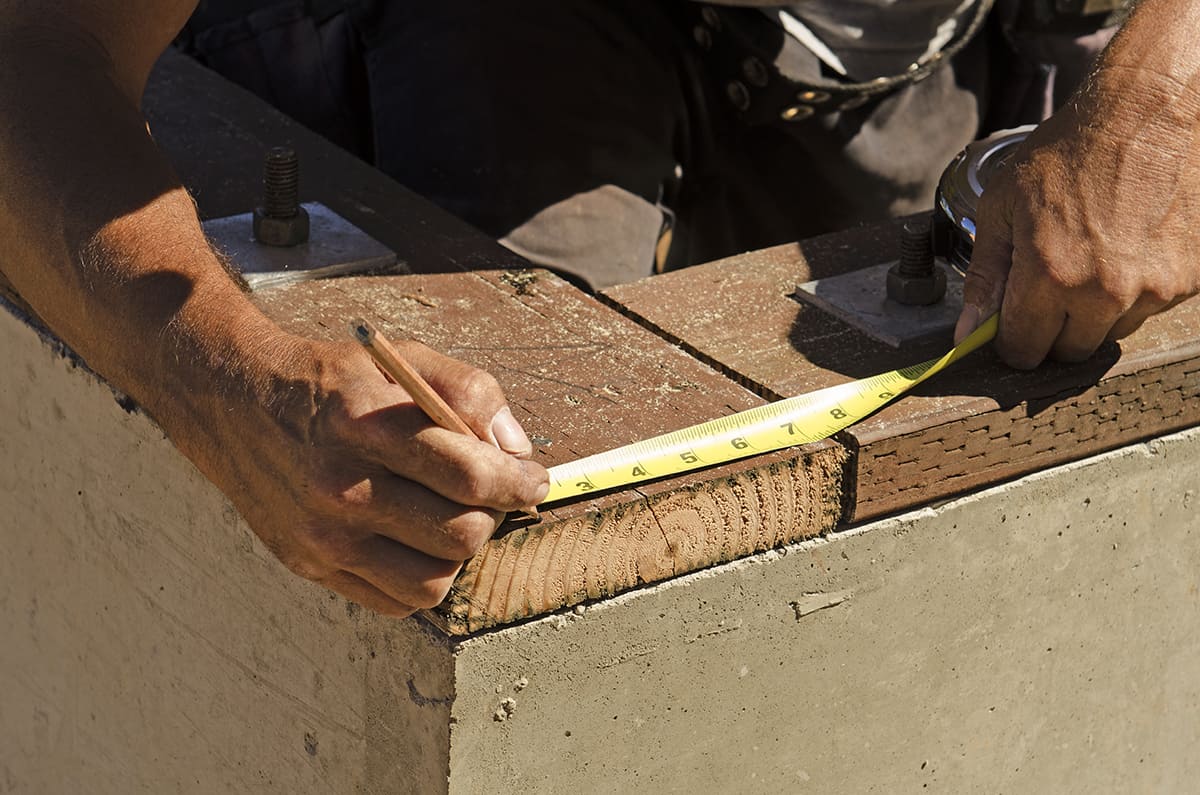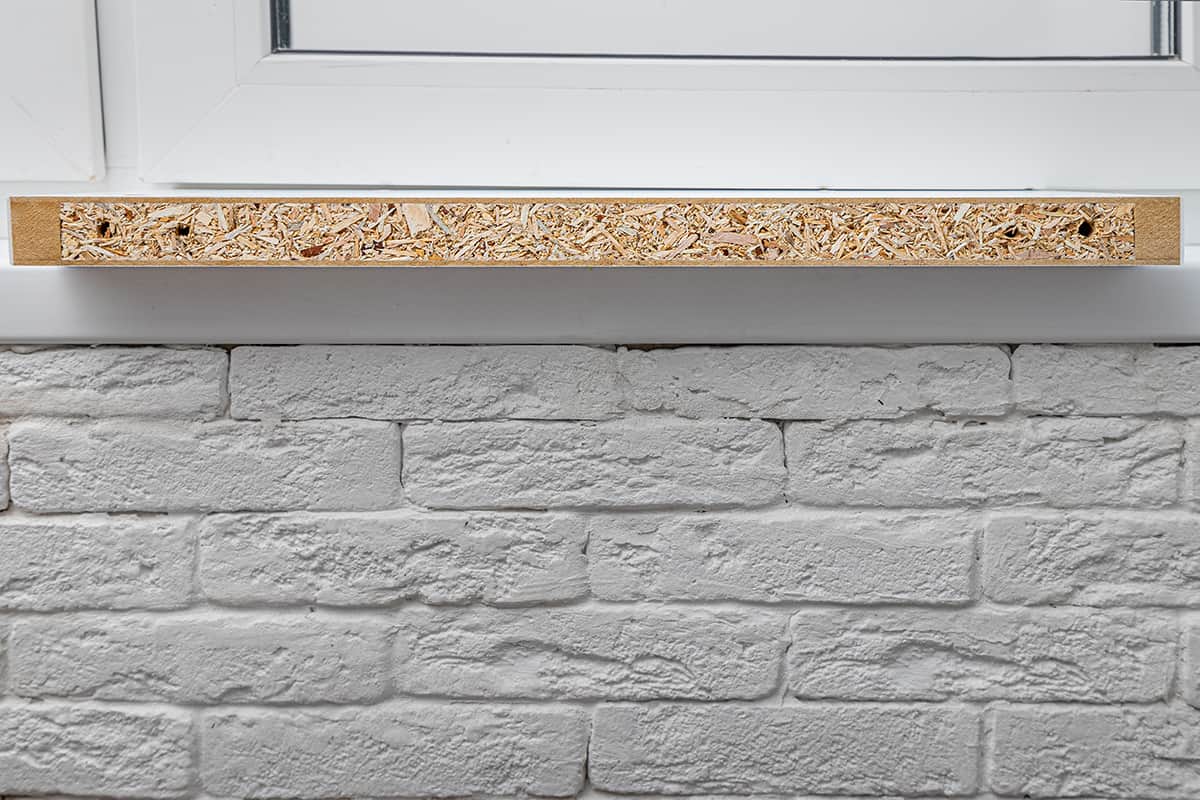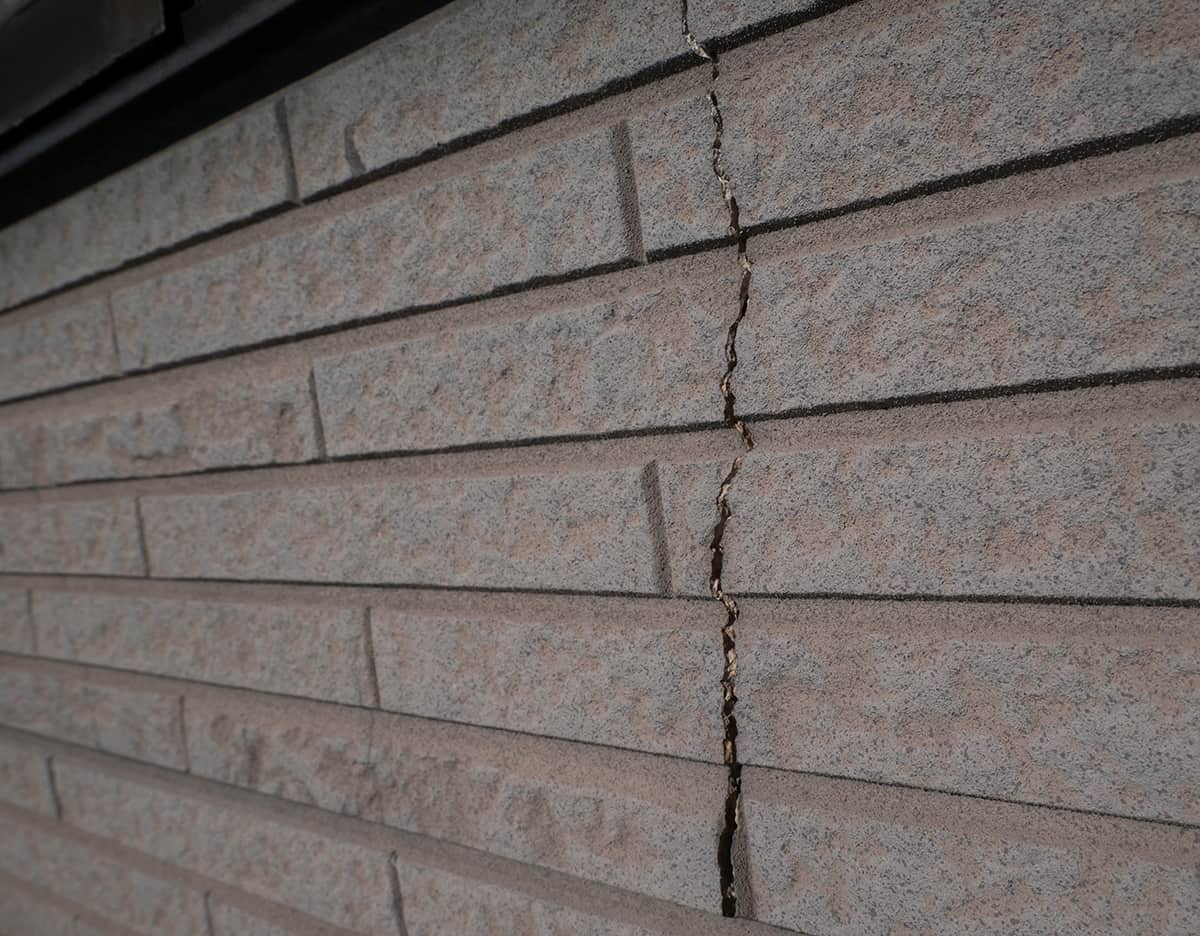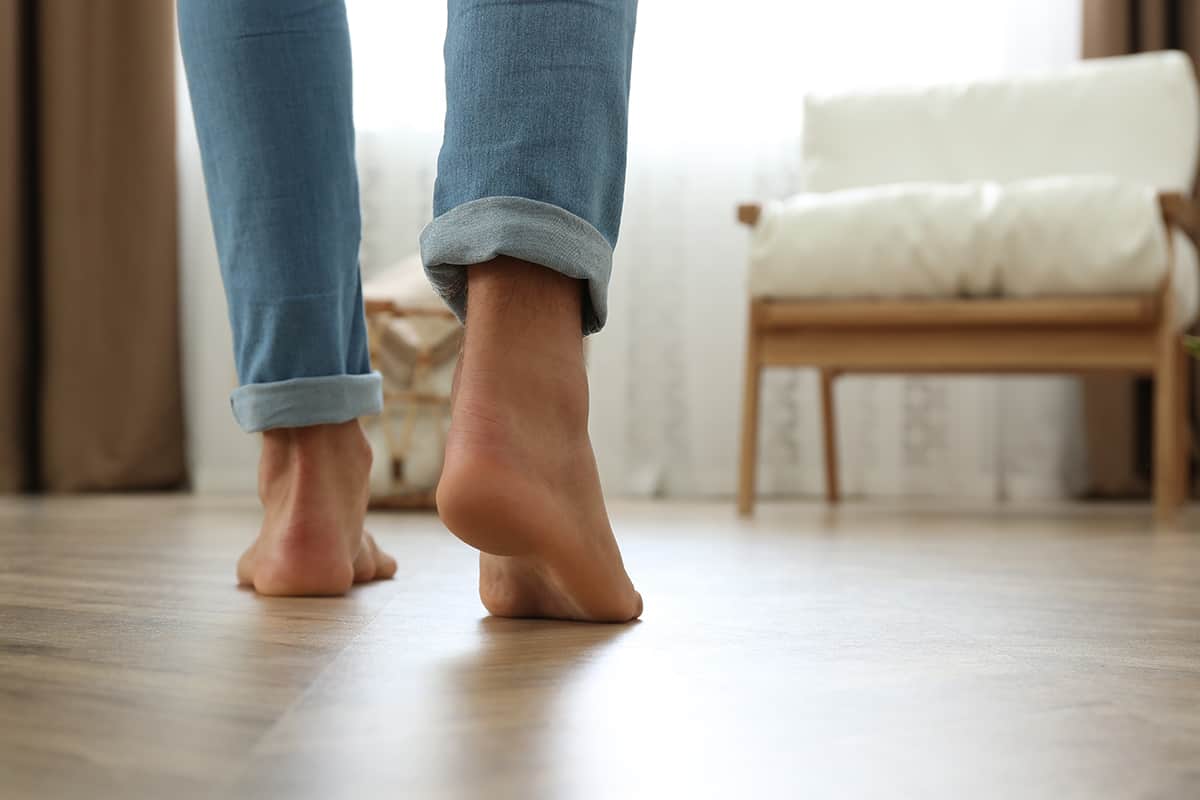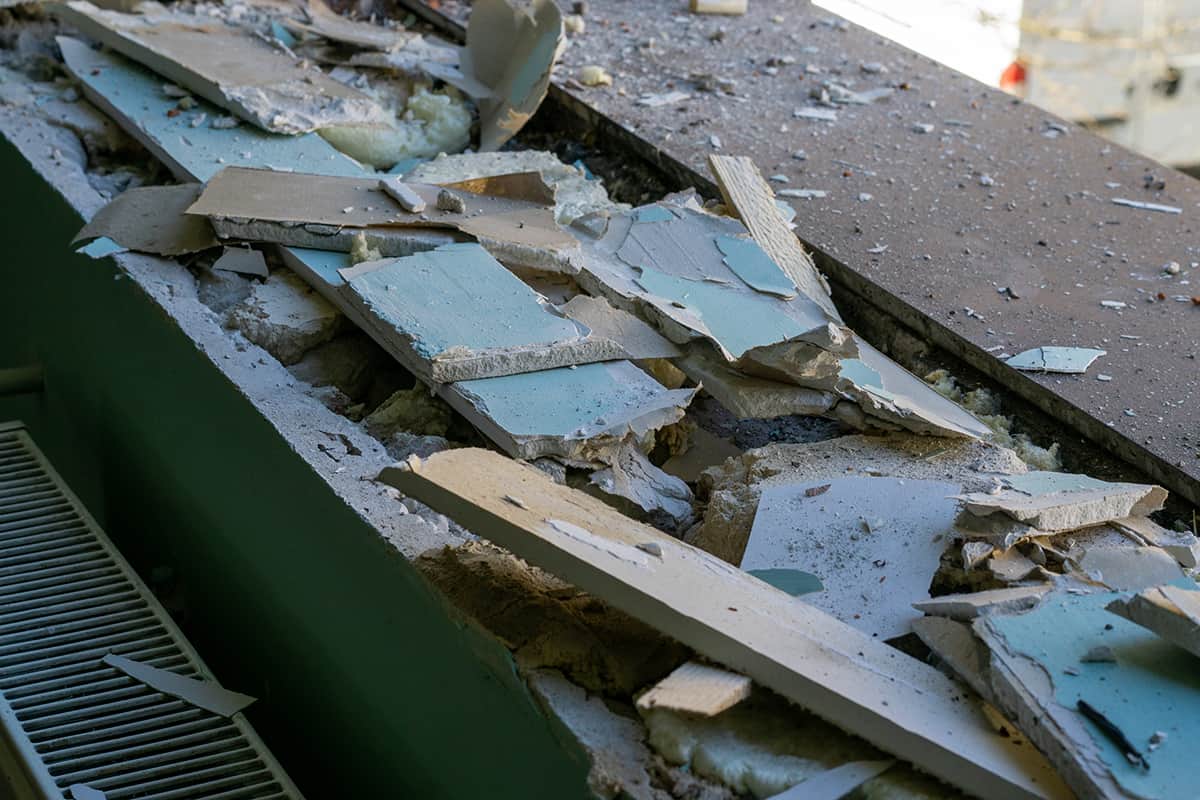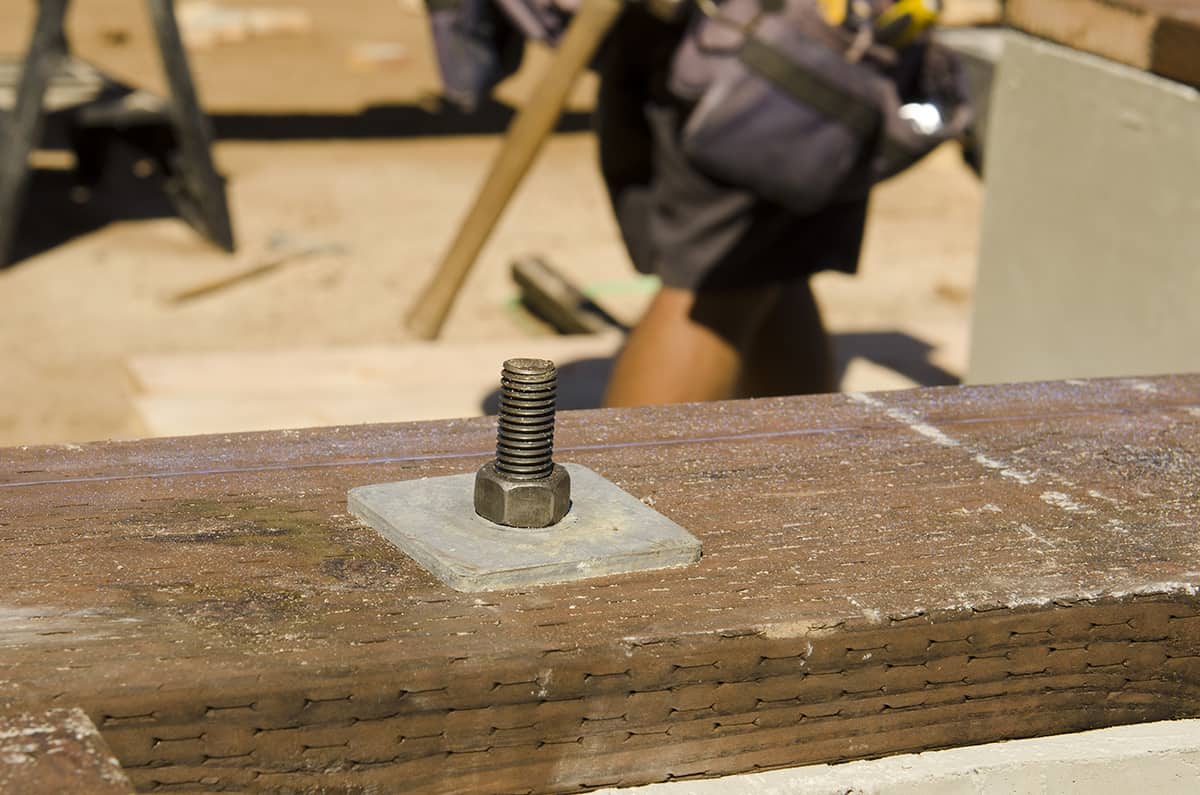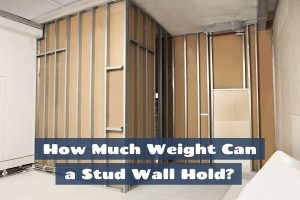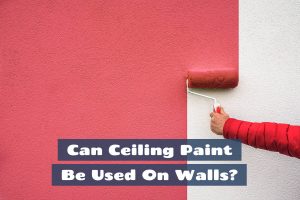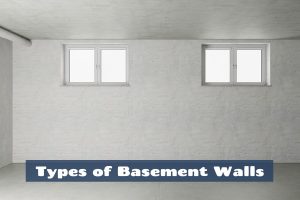Sill plates are not something that most people are ever aware of until they become a problem. The most common issue with sill plates is rotting since they are usually made from wood. Here we look at how much sill replacement typically costs a homeowner.
The cost of sill plate replacement, on average, is about $100 per linear foot with the total cost being from $10,000 to $30,000.
What is a Sill Plate?
The sill plate is a piece of lumber that forms part of your home’s structural frame. It is considered by many to be the most important piece of framing in a building since it fulfills the job of ensuring your home is secured and anchored to the foundations.
Sill plates are fitted directly on top of masonry foundations and run across the entire foundation, ensuring that the home does not shift during earthquakes or storms. The sill plates are attached to the foundation using J-bolts, and the first floor of the building is then constructed and secured on top of the sill plates.
Sill plates are typically large, heavy pieces of lumber such as 2×6, 2×8, and 2×10. The sill plates should always be made from pressure-treated wood, which prevents problems with moisture or pests, though in some homes, pressure-treated wood will not have been used, and this is where many sill plate problems stem from.
Sill plates that have been pressure treated also need to be used in conjunction with metal components rated for use with pressure-treated wood because the chemicals used in pressure treated can cause some metals to degrade, which will also cause issues further down the line.
Signs that Your Sill Plates need Replacing
If you have a suspicion that your sill plates need replacing, then you will need to call a professional to assess the situation. In some cases, a sign of a rotten sill plate can also be the same sign of a different problem, and having the sill plates replaced will be a very disruptive and expensive job that might turn out to be unnecessary.
Often, the signs of subsidence and rotten sill plates can be very similar, so it’s important to be able to identify the difference. Of the two issues, subsidence or moving foundations will cost an awful lot more to resolve compared with sill plate replacements.
Exterior siding cracking
If you have experienced some of your siding cracking on the exterior of your home, then this could point to an issue with the sill plates. If your home is built from masonry, then this can also present as cracking down the side of your house.
Cracks on the exterior of a home can be caused by a number of things, such as the settling of the earth (this is a particular issue in newly built properties), moving foundations, and rotting sill plates.
Typically if the issue stems from the movement of the land or the foundation, then you will see cracks on all sides of the house. When a sill plate has rotted, the cracks will usually only be on one or two sides of the house where the problem sill plate is located.
Dipping interior floors
If one of your rooms has an obvious dip in the floor, then this is a telltale sign of a rotten sill plate. Commonly the dip or slope will be leaning towards the exterior of the property since this is usually where any rotting will take place, where the sill plates are more likely to come into contact with moisture from rain or snow.
If the dip in your floor is pointing towards the middle of your home, this is less likely to be caused by a rotting sill plate, but you should have it checked out to be sure since this is an issue that needs fixing as soon as it comes to your attention. With a rotting sill plate, you will most likely only see an issue with a dipping interior floor in one room of the home.
If you are experiencing dipping in the floors across your whole home, then this is more likely to be a problem with the foundations moving or subsidence.
Flooring feels spongy
If the floor feels spongy as you walk on it, then this is another common sign of rotting sill plates. The sill plates are responsible for keeping the floor joists in place, and if a sill plate is rotting, then the floor joist will sag into it and cause a spongy, almost bouncy effect that you will notice when you lean on that part of the floor.
As with dipping floors, this is most likely to be an issue with the sill plates if the problem is isolated in one area. A good way to check the sill plates yourself is to look at them from inside your crawl space or basement, where you should be able to identify if any of them have started to deteriorate or have completely rotted away.
If your floors are spongy or dipping, but your foundation still looks intact, then this is highly likely to be an issue with sill plates. If your foundation is also moving in line with your sill plates, then the sill plates are not the issue, and instead, you should have an inspector check for subsidence.
Cost of Replacing Sill Plates
The cost of replacing sill plates is quite expensive. The new sill plates are only a very minor cost; however, the work involved in removing the old sill plates and installing the new ones is a serious structural task that will involve heavy machinery and typically take several days.
The labor costs involved in hiring professionals to carry out the job is where most of the cost for replacing sill plates lies. On average, you can expect to pay around $100 per linear foot of sill replacement, with the total cost usually coming out at between $10,000 and $30,000.
Homeowners with plenty of experience in DIY might be tempted to replace the sills themselves to save money, though this isn’t recommended. Since the sill plates are one of the most important components of a home that are responsible for much of its structural integrity, it is a huge risk to tamper with them if you don’t know what you are doing.
You could cause more damage which might be irreparable, or increase the cost of resolving the issue. Rotting sill plates are a very serious problem that needs to be addressed as soon as you become aware of the issue. They put the structural integrity of your home at stake, as well as the safety of anyone residing in the home.
Although sill replacement is a large and expensive project to undertake, it is not something that should be put off. Many homeowners won’t have enough capital sitting around waiting to be spent on sill replacements; however, if you have home buildings insurance, then you may find that rotting sill plates are covered in this, and your insurance company will pay for the repairs.
How to Replace Sill Plates
If you have experience, or you have friends with experience, of lifting houses, then replacing the sill plates yourself could be an option. If you are unsure of any of the steps required to replace sill plates, do the sensible thing and hire a professional.
The first task in replacing sill plates is exposing them. Excavate the land around the foundations of your home, being sure not to dig under the foundations, which would cause them to move and crack.
Four jacks will be needed to lift the home, with one on each side wall of the house. This means 16 holes are required under the property. Position a jack on a floor joist at least 2 feet away from the sill plates, using a 2-foot square piece of laminated lumber and a steel plate to evenly distribute the load of the jack. Repeat this setup with each jack on all four sides of the house.
Once all of the jacks are securely in place and carrying the same load, you can start to slowly lift up the house. This must be done extremely slowly to ensure no damage is done to the home. It will need to be lifted around 8 inches off of the foundation level so that you can access the sill plates.
Remove all of the sill plate that has any rotting on it and replace it with a new sill plate made from pressure-treated lumber. Typically, the best solution is to use two pieces of lumber connected together with screws.
Once the new sill plate is in place, it will need to be secured to the foundation using the same connections as the original sill plate. Gently lower the house back down on top of the sill plates, securing the floor joists to the new sill plates as you do so.
Carefully remove the jacks once the job is complete, fill in any earth that you dug up, and replace any siding on the exterior of the property that was taken off.
